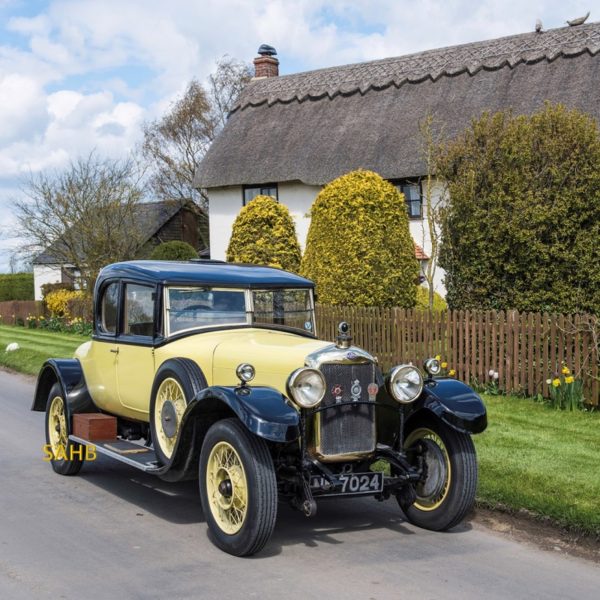
The origins of the British Aster car lay in France with Ateliers de Construction Mécanique L’ Aster, established in 1878 at 102 Rue de Paris, St Denis (Seine). They manufactured a range of internal-combustion engines for marine and automotive use, plus others for stationary applications such as electricity generation. By 1904, according to the Parisian newspaper Le Petit Journal, Aster monopolised the mass manufacture of engines in France. Among more than 130 car marques they could claim as users by 1912 were Argyll, Clement, Darracq, Singer and Le Zèbre. Aster also produced their own cars, exhibiting a 3½hp single-cylinder quadricycle at the Salon de I’Auto in Paris in 1900.
By 1909, it had become Aster Engineering Co Ltd of Wembley and in 1913 was reconstituted as Aster Engineering Company (1913) Ltd and in 1922 entered the luxury car market with a well received six-cylinder 18/50 model, an example of which is shown here. It is believed to be one of only two survivors of the marque in Britain. Its first owner lived in Nottingham and the car was registered as a saloon with a 17.9hp engine, equivalent to a capacity of 2,655cc. The original price was reportedly £975. At 1800kg it is a heavy car and the owner reported that the contemporary tyres had difficulty coping although today’s technology seems to have overcome this problem. In 1959, this car went on loan to what is now the National Motor Museum and was exhibited in Brighton. By that time it had covered some 200,000 miles, had been rebored once and had been repainted.
Inside, the car’s leather upholstered bench seat accommodates three abreast comfortably but the car also has a double dickey seat, entry to which is facilitated by folding back one half of the seat, effectively forming a small door, with two external steps further easing entry. The v-pattern windscreen has separate wiper motors for each side and each door carries its own electrical cigar lighter. Luxury indeed.
Photo and text by Peter McFadyen. See his website: http://petermcfadyen.co.uk







Leave a Comment